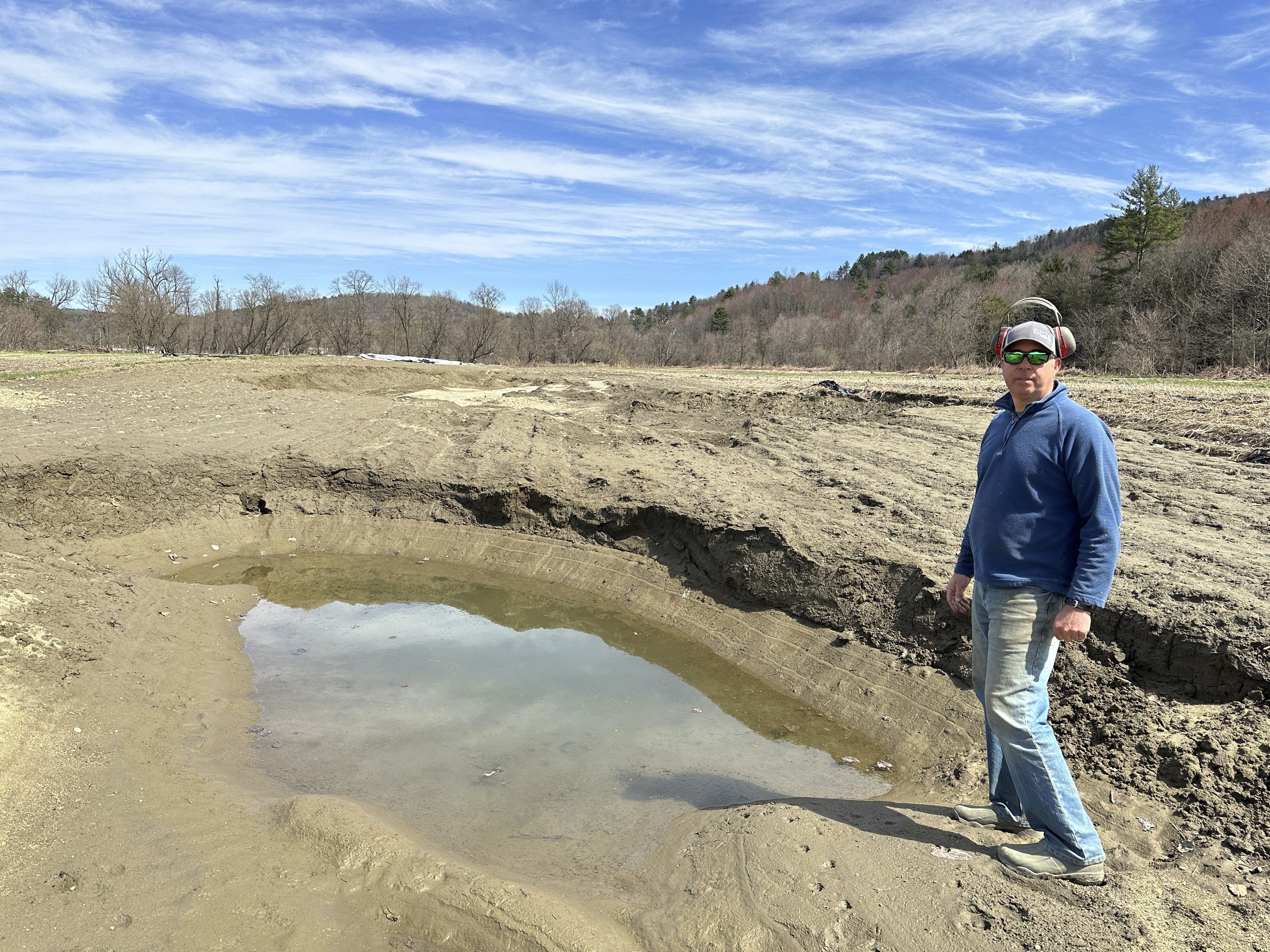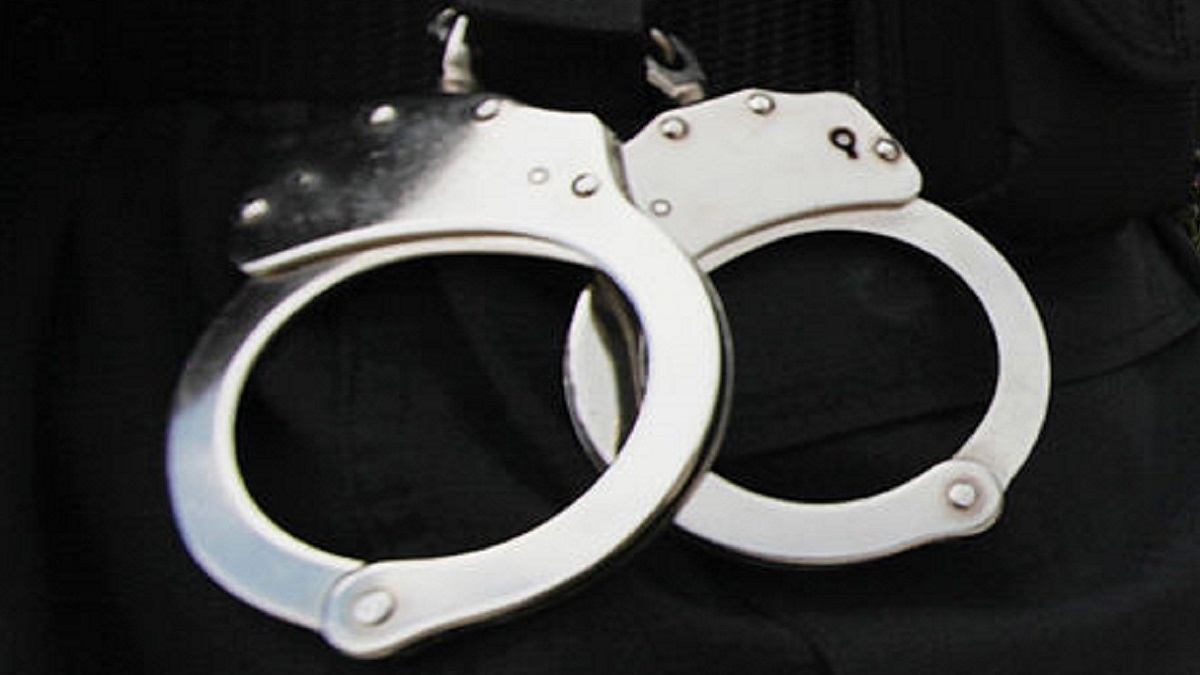Following a catastrophic lift failure at Maine’s Sugarloaf ski area this weekend, which caused chairs to stop and suddenly slide in reverse, skiers at another New England resort were not worried about lift safety across the industry.
“I think that's probably an extremely isolated incident,” skier Danny Shamberger of Lincoln, New Hampshire told New England Cable News between runs at Vermont’s Jay Peak Resort. “You're always taking a risk of hitting a tree, too, so there's added risk with anything you do.”
The Sugarloaf incident injured seven, with three needing hospitalization. None of those injuries were life-threatening, resort officials said this weekend.
“It’s kind of the oddity; it’s not the norm by any means,” said Duncan Yarworth of West Dover, Vermont, who was also skiing at Jay Peak Monday. “You can't stop skiing because something like that happens.”
The chairlift that malfunctioned had recently passed inspection, the Associated Press reported. Sugarloaf said a preliminary investigation pointed to a malfunctioning gear box that disabled emergency braking systems. A lift operator manually applied a brake considered a last resort to stop a lift sliding in reverse.
The AP reported that last fall, Maine’s Board of Elevator and Tramway Safety required Sugarloaf to replace a hydraulic pump and other components on the 27-year-old King Pine Lift. Those repairs were made and lift was given the green light to continue operation, according to the AP report.
Sugarloaf will conduct a thorough and open investigation of what happened Saturday, a resort official said.
Vermont
The latest news from around the state
In Vermont, the busiest state for skiing on the east coast, the tramway division of the Vermont Department of Labor department is in charge of inspecting ski lifts.
Stephen Monahan, who heads workers’ compensation and safety operations for the Vermont Labor Department, told necn three full-time inspectors perform safety checks multiple times a year, in different seasons, at each of Vermont’s aerial ski lifts, rope tows, gondolas, and surface lifts.
Monahan said in addition to those scheduled visits to each Vermont resort, inspectors also make unannounced trips to gauge safety. Monahan said he cannot recall any major failures such as lift rollbacks or cables slipping out of their normal track. He praised Vermont resorts for their compliance with guidelines and eagerness to embrace safety as job number one.
Monahan also told necn he is awaiting a full report of the Sugarloaf incident, because that may spur new inspections of Vermont equipment. If the findings reveal equipment in the Maine failure is similar to what’s in use at Vermont resorts, the situation could trigger close examinations of systems in Vermont, Monahan said.
In addition to the required state inspections, Bill Stenger, the president and CEO of Jay Peak, said his staff does its own daily inspections, and the resort’s insurance company requires regular checks, too. Stenger said no skier or rider boards a lift before it is checked and ridden by a Jay Peak employee.
“It's very, very rare—very rare—that there's a lift failure,” Stenger said of the ski industry as a whole. “The lifts operate in a remarkably consistent and safe manner. Almost all the time.”
If there is a problem, Bob Haspray and his fellow Jay ski patrollers have emergency gear at the ready to launch a rescue line over the cables on ski lift, delivering a T-bar for stranded skiers to put between their legs. “We have personnel on the bottom and we lower them down on this [T-bar],” Haspray demonstrated.
Haspray said he has only had to do rope rescue evacuations a few times in 30 years, because lifts have auxiliary power that should be able to keep them moving in case something goes wrong.
Still, Haspray said people across all departments at the resort train throughout the year on evacuation procedures, because it would take an all-hands-on-deck approach to get people off a loaded lift. Vermont ski resorts posted 4.5 million skier and rider visits in the 2013-2014 season, the trade group Ski Vermont said.
“We think about it all the time, absolutely. It's critical to what we do,” Haspray told necn in regards to the emphasis the Jay ski patrol places on safety and preparation. “We can respond very quickly.”
Ethan Austin, Sugarloaf’s director of marketing, said he can understand how skiers will have questions about safety, the AP wrote. Lifts have malfunctioned twice in the last five years, injuring more than a dozen people. The last incident involved a 35-year-old double chairlift in 2010.



